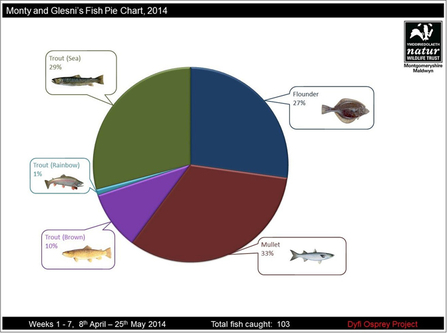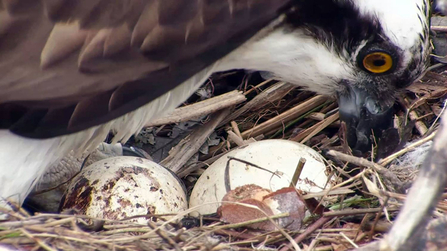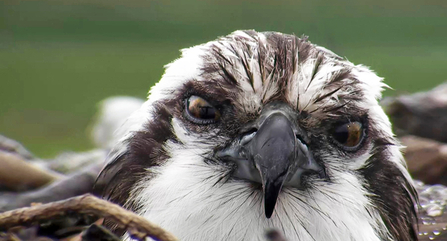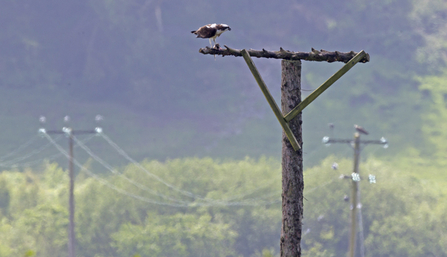Pie
As many of you know, we have been recording the fish caught by the Dyfi ospreys for several years now.
One very elegant method of presenting data that compares the different species caught is via a pie chart. It also gives us an added joke opportunity of course - Monty’s fish pies. A pie chart is easy to understand and gives a simple breakdown of fish caught over a specific period.





